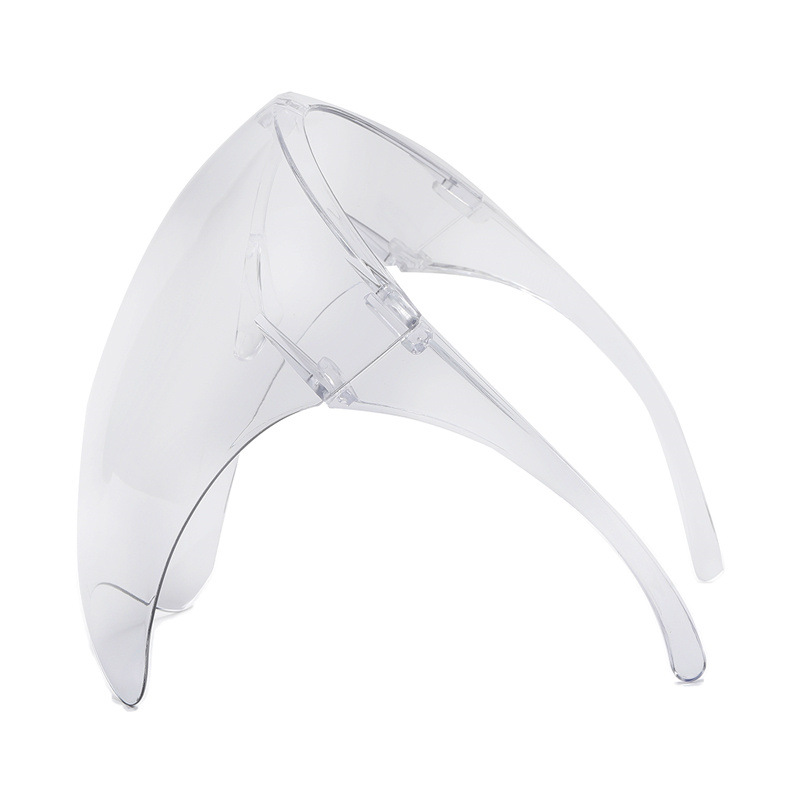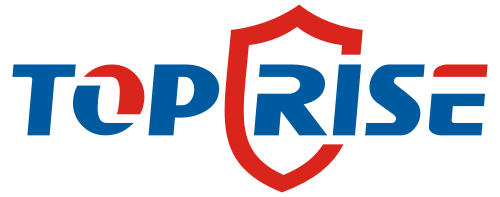Protective shields face significant challenges in various industrial environments. ANSI Z87.1 is the standard that governs the safety requirements for face shields in the United States. This standard ensures that protective face shields provide optimal protection against hazards like flying debris, chemical splashes, and UV radiation. Protective face shields manufacturers must comply with ANSI Z87.1 to guarantee that their protective face shields are reliable and safe for workers. Here’s an overview of ANSI Z87.1 and its implications for protective face shields.
What is ANSI Z87.1?
ANSI Z87.1 is the American National Standards Institute’s standard for personal protective equipment (PPE), specifically eye and face protection. It applies to protective shields face used in various industries like construction, healthcare, manufacturing, and welding. The standard covers requirements for helmet face shields, clear face shields, and other types of face protection.
ANSI Z87.1 is updated periodically to adapt to new materials, technologies, and industry practices. Manufacturers must adhere to these standards to ensure that their products protect workers effectively.
Key Features of ANSI Z87.1
ANSI Z87.1 outlines several key features that all protective face shields must meet to ensure safety and functionality. These features include:
Impact Resistance: Face shields must withstand impact from flying debris or heavy objects. The standard requires face shields to be tested for high-velocity impacts, ensuring they won’t shatter or fail during use.
Optical Clarity: ANSI Z87.1 requires face shields to offer clear visibility without distortion. This ensures that workers can perform tasks accurately and safely.
Side Protection: Depending on the risk level, face shields may need to offer additional side protection. Some full face shields come with side shields to protect the face from flying debris coming from the sides.
Material Durability: Face shields must be made from durable materials such as polycarbonate or PET. These materials resist scratches and impacts, providing long-lasting protection in hazardous environments.
UV Protection: Many environments expose workers to harmful UV radiation. ANSI Z87.1 requires that UV light face shields provide sufficient protection against these rays. UV-protective face shields block 99% or more of UV radiation to prevent eye and skin damage.
Types of Face Shields Under ANSI Z87.1
Manufacturers produce various types of protective shields face to meet different workplace needs. Each type of face shield serves a specific purpose, providing protection against unique hazards.
Helmet with Face Shield: This combination provides comprehensive protection. The helmet with face shield design ensures that workers are protected from both head injuries and facial harm. Whether you’re working with machinery or handling hazardous materials, a helmet with a face shield is an ideal choice for safety.

Full Face Shield: A full face shield covers the entire face, offering complete protection. This type of shield is particularly useful for workers in welding, chemical handling, and healthcare environments. Full face shields provide a larger area of protection compared to regular face shields, reducing the risk of exposure to harmful chemicals, heat, or flying objects.

Clear Face Shield: A clear face shield is made from transparent materials like polycarbonate. It provides clear visibility while offering protection from debris and other hazardous materials. Clear shields are ideal for tasks that require precision and clear sight, such as in medical and laboratory settings.
Mesh Face Shield: A mesh face shield provides breathable protection, ideal for environments with a lot of heat. These shields often feature a metal or plastic mesh material that offers impact resistance while allowing airflow. Workers who need protection from flying debris but also need ventilation often choose mesh face shields.

Face Shield with Glasses: Some face shields are designed with built-in protective eyewear. Face shield with glasses provides dual protection for both the eyes and the face. This type of face shield is commonly used in environments where there’s a risk of splashes, chemical exposure, or flying debris. It combines the comfort of glasses with the protection of a face shield.

Protective Shields Face for Specific Industries
Different industries require face shields that meet specific criteria based on the nature of the work. Here are a few examples:
Welding: Welders require face shields with heat-resistant properties. ANSI Z87.1 requires welding face shields to be made from materials that can withstand high temperatures and molten metal splashes.
Healthcare: Healthcare workers need face shields that protect against biological hazards, such as viruses and bacteria. Protective face shields for healthcare settings should have anti-fog features for clear visibility during procedures.
Construction: Construction workers require durable hard hat face shields and full face shields to protect against falling debris and chemical splashes.
Industrial Manufacturing: Workers in industrial settings often use safety hats with face shields to protect against a wide range of hazards, including flying metal fragments and chemical splashes.
Conclusion
ANSI Z87.1 sets the safety standards for face shields, ensuring that protective shields face various hazards effectively. Manufacturers of protective face shields must meet these stringent requirements to ensure that their products provide optimal protection in diverse work environments. Whether it’s a helmet with a face shield, motorcycle face shield, or mesh face shield, ANSI Z87.1 ensures that each type of protective shield provides essential protection for workers across industries.


